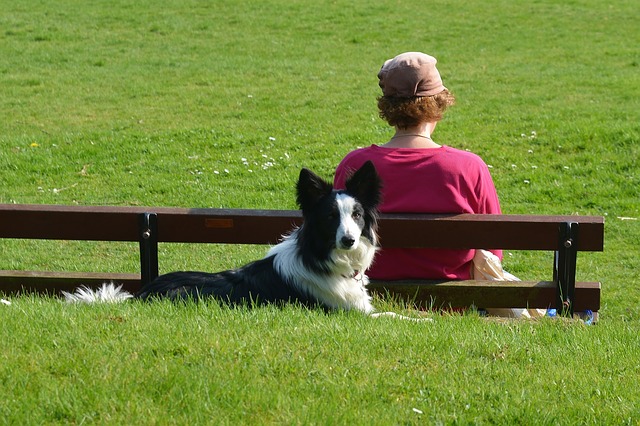When you have a pet, you will slowly grow to understand one another. Different animals will have different ways of expressing themselves, and while each will have their own unique indicators and habits that you can only begin to understand with time and patience, certain species have general traits that can be understood easily if you know what to look out for. Now, there are various benefits that come hand in hand with being able to understand your pet. You can have a better relationship with them, identify problems pertaining to health or comfort sooner rather than later, and you can also deal with behavioral issues more easily. So, for now, let’s focus on dogs. Here are a few common behaviors and what they mean!
Eating Grass
Every so often, you may notice that your dog starts eating grass when you let them out in the garden or take them for a walk. Many owners completely ignore this or tell the dog to stop and forget about it within a matter of moments. But you really should pay attention to this behavior. There are various health issues that can lead to your dog grazing on grass. They might have a nutritional deficiency, they may eat it in order to make themselves vomit if they are feeling unwell, they may have digestive problems or other issues such as worms. If your dog is eating grass regularly, you may want to take them to the vets for a checkup. This will confirm the reasons! They will then be able to treat any issues and give you advice on how to feed dogs with upset stomach and other pieces of aftercare.
Tail Wagging
Now, we generally assume that any tail wagging in a dog is a sign of joy and happiness. Now, while most tail wagging is positive, you can determine a few different details about your dog’s state of mind or intentions from the type of tail wag. Low, fast tail wagging is like a nervous laugh. Mid, fast wagging from one side of the body to another is an extreme joy. Remember that you can understand tail wags of even dogs with tiny tails. You just have to look at the base to infer the information.
Raised Ears
Now, different breeds of dogs have different ears. Some stick-up, some flop down, some are rounded, some are pointy. But they can all portray similar messages. When ears are pricked up, and the head is tilted, your dog is probably curious or trying to work something out. If the ears are slightly back, the dog is showing an attempt to be friendly. If ears are pushed back quite far, they are probably anxious or showing submission.
These are just a few bits of behavior and body language that you might find yourself witnessing your pooch carrying out. Try to identify them! After all, the better you understand your dog, the better you can help them to feel comfortable and happy at all times!
Hey You! Don't Miss Out!

When you confirm your subscription, you'll get something special from me!
Enjoy, Ann


